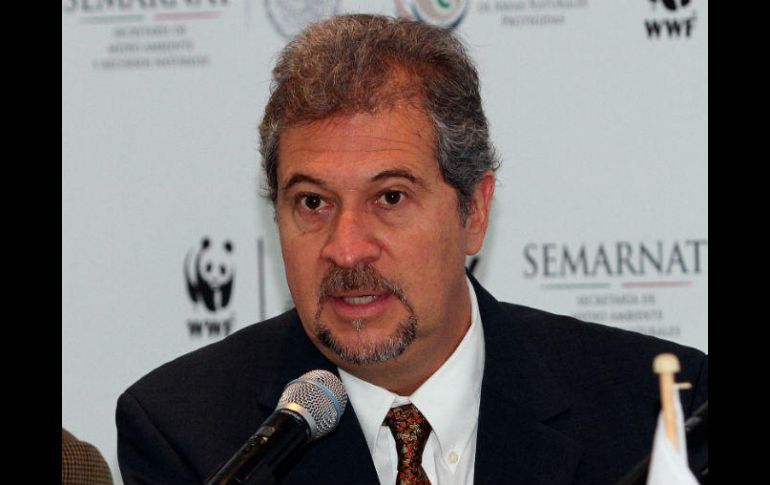Alfredo Arellano Guillermo, head of the Secretariat of Ecology and Environment (SEMA), reported that the clean-up works carried out since June 19 on more than 40 beaches in Quintana Roo has already added more than 40,000 linear meters and it was possible to remove more than 106,000 cubic meters of sargassum from the coast.
The official explained that the algae is expected to continue arriving during August, based on satellite monitoring conducted by the University of Florida, in the United States. This is totally unprecedented, and the state administration is already making arrangements with the federal government to continue with the removal of seaweed for thrity more days.
The State Secretary of Ecology and Environment explained that the sargassum is a brown marine macroalgae of the genus Sargassum, an important component of the marine flora of tropical and subtropical zones, which constitutes the habitat of a great diversity of marine species.
“The movement of sargassum is important for connectivity in the marine ecosystems, because it transports larvae of a large number of species,” he says.
Arellano Guillermo explained that the massive overflow of the macroalgae to the coasts is a relatively common phenomenon that has increased in quantity, frequency, extension and duration since 1970 to date.
He also pointed out that during the summer of 2011 there was an anomalous sargassum overhang considered an “oceanic scale” event, covering the eastern coasts of the Caribbean Sea islands and West Africa.

(Photo: yucatan.com.mx)
The official explained that from the summer of 2013 and throughout 2014 there were reports of high quantities of sargassum on the coasts of the Mexican Caribbean, but it was at the beginning of 2015 that the presence of much more larger quantities of sargassum on the beaches became constant.
On 2015, 74.6 kilometers of coastline along five municipalities of Quintana Roo were covered with seaweed from June to December.
But according to Arellano, in 2018 we are looking at 3 to 4 times more than in 2015. “That is why the authorities of the three levels of government, along with the tourism and academic sectors have joined efforts with volunteers from the civil society, to face this natural phenomenon that is affecting the state of Quintana Roo in many different ways”, concluded the Secretary.
RMT Newsroom with information from yucatan.com.mx



